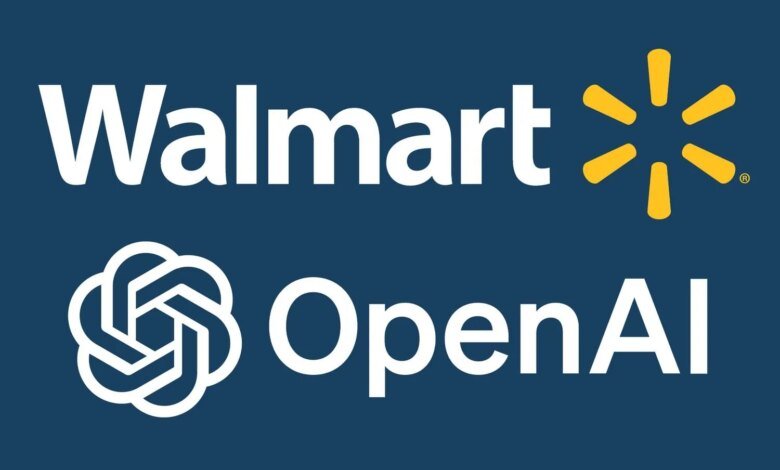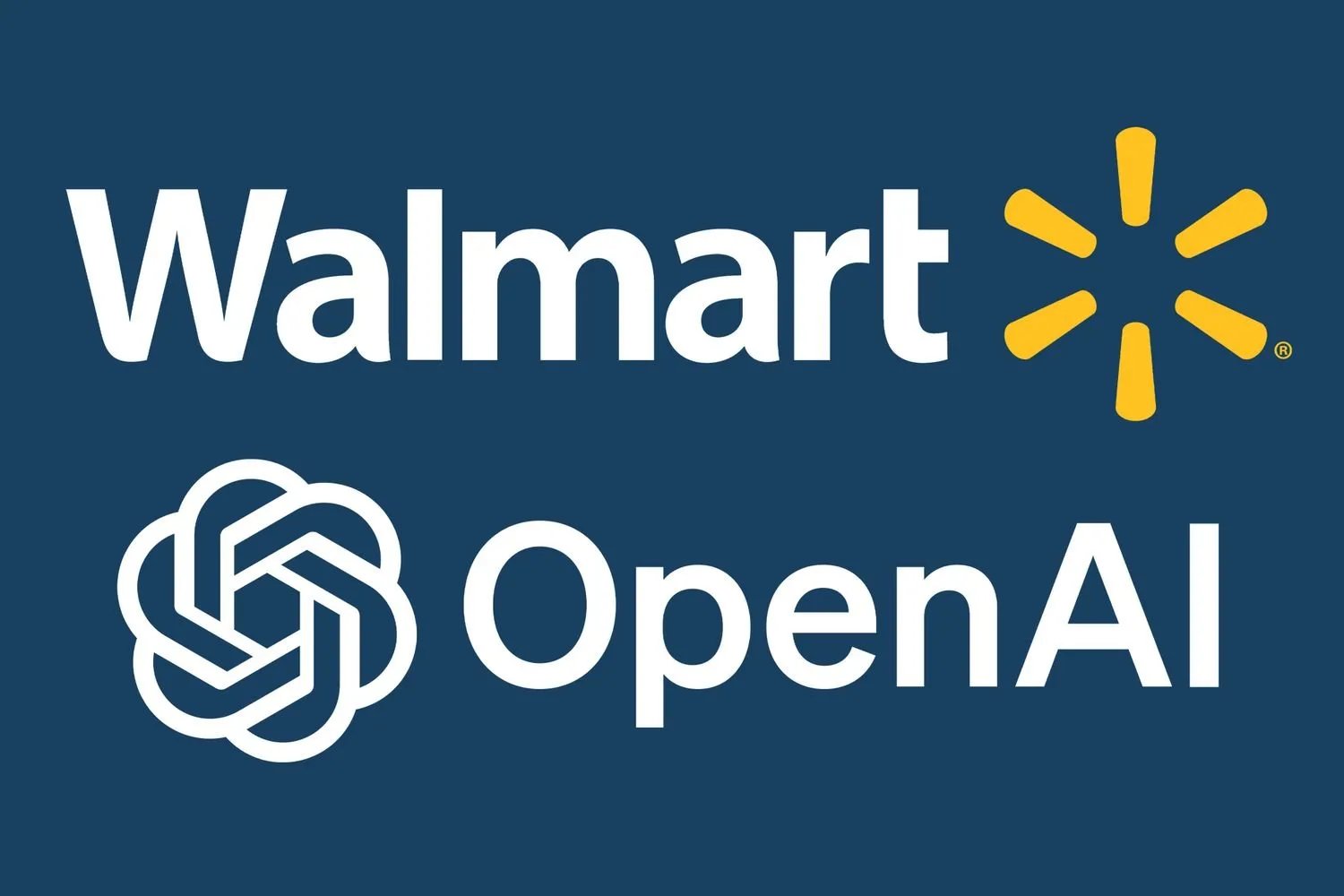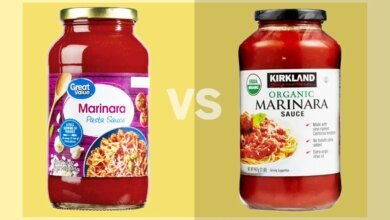ChatGPT Is About To Change How You Grocery Shop At Walmart

ChatGPT Is About To Change How You Grocery Shop At Walmart

- Walmart partners with OpenAI for ChatGPT‘s Instant Checkout, allowing shoppers to buy groceries, apparel, and more directly through chat, streamlining online purchases.
- The integration marks a move toward “agentic commerce,” where AI anticipates customer needs and automates parts of the shopping process to deliver greater convenience.
- As AI begins shaping what shoppers see and buy, it raises new questions about pricing transparency, discovery, and how automation could change the in-store grocery experience.
Walmart and Sam’s Club shoppers will soon be able to buy groceries without ever clicking over to the site. This week, Walmart announced a new partnership with OpenAI that will integrate its stores into ChatGPT’s new Instant Checkout feature. This move could make everyday shopping faster, if not entirely effortless.
Instant Checkout allows users to buy directly from participating retailers within the ChatGPT platform. Payments are processed through Stripe, with the retailer still getting the sale minus a fee. The feature is available to all ChatGPT tiers (Free, Plus, and Enterprise) and currently supports single-item purchases, with multi-item carts and additional stores expected soon. Walmart has not confirmed when the feature will launch.
In an interview with Bloomberg, Daniel Danker, Walmart’s executive vice president of AI, product, and design, said shoppers will be able to browse Walmart’s assortment in ChatGPT and check out by clicking a Buy button. “We view this as an opportunity to deliver convenience in a way that meets customers where they are,” he said. The catalog will include apparel, entertainment, packaged foods, and other items from Walmart and Sam’s Club. Fresh food isn’t part of the initial rollout, partly because those purchases tend to repeat weekly.
It’s unclear how the new feature will interact with Walmart Plus, the retailer’s membership program that offers free shipping and delivery. Walmart describes this kind of predictive shopping as “agentic commerce,” a system that learns and plans around customer habits, acting as a bridge between intent and action that could redefine convenience.
The ChatGPT partnership is part of a broader effort to modernize Walmart and Sam’s Club. The retailer has leaned on automation to accelerate production, shorten delivery routes, and get seasonal items onto shelves sooner, another way to optimize how the stores keep pace with customer demand.
The cultural impact of AI entering the grocery aisle begins with a simple yet crucial aspect: getting it right the first time. If a shopper asks about a supplement or needs products that meet an allergy or religious restriction, one wrong suggestion can break trust. Convenience only works when it is dependable and when people feel secure relying on it.
Beyond the shopper experience, what a model decides to surface could reshape how the market functions. As AI tools learn from product data, the biggest retailers might rise to the top while smaller or third-party sellers risk slipping out of view. The hierarchy will no longer be dictated by price but by how effectively a brand feeds information into the system.
Pricing raises another question. A report from Northwestern University’s Kellogg School of Management notes that retailers such as Kroger and Walmart have introduced electronic shelf labels — digital tags that update prices automatically. The technology brings new concerns about how dynamic pricing might reach the grocery aisle. If AI tools respond to real-time demand as ride-share or travel apps do, will prices climb during peak holidays or dinner hours? The familiar grocery circular, the cadence of weekly sales, and seasonal discounts may eventually disappear.
Moving that guidance into a chat window changes the rhythm of a grocery trip. Discovery becomes filtered by what the system already knows, which can be efficient, but it reduces the likelihood of noticing something new. As more ordering and inventory tasks shift to automated systems, store roles are likely to focus more on fulfillment and logistics. That may speed up service, but it also means fewer moments where staff can shape the aisle experience.
Hyper-personalization can have the same effect on taste. When recommendations are built on what’s already familiar, regional and seasonal foods risk slipping out of sight. Systems built for efficiency often overlook what’s fleeting or local, focusing instead on what sells. That difference could decide which ingredients make it into our kitchens, and which never get discovered.
These tools don’t automatically rewrite how people shop, but they set the conditions for change. Some communities will still see the grocery trip as part errand, part third space — a space to move, compare, and talk. Others, especially those raised with automation as the default, may never feel the need to push a cart again. Still, the desire for human connection doesn’t fade. Grocery stores remain one of the few public spaces that combine routine with ritual. Over the next decade, those two instincts, efficiency and presence, may end up coexisting rather than replacing one another.
For now, it’s just a Buy button in a chat, but it hints at a future where grocery shopping is defined less by browsing and more by how well our habits are understood.
Disclaimer: This news article has been republished exactly as it appeared on its original source, without any modification.
We do not take any responsibility for its content, which remains solely the responsibility of the original publisher.
Author: Stephanie Gravalese
Published on: 2025-10-17 08:01:00
Source: www.foodandwine.com
Disclaimer: This news article has been republished exactly as it appeared on its original source, without any modification.
We do not take any responsibility for its content, which remains solely the responsibility of the original publisher.
Author: uaetodaynews
Published on: 2025-10-17 07:51:00
Source: uaetodaynews.com





